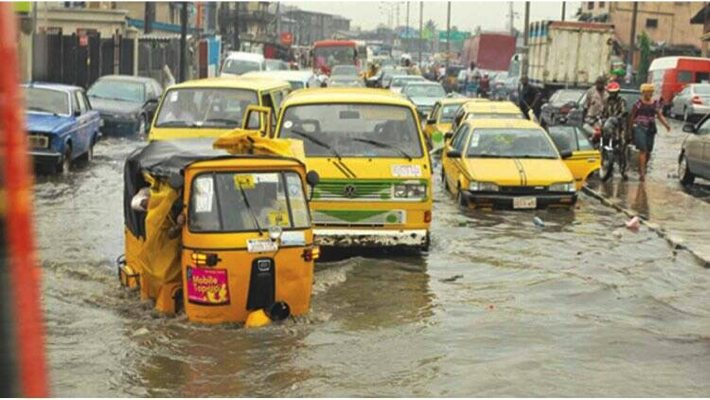FRIDAY April 11, 2025 |
By thenewsdesk.ng
The National Emergency Management Agency, NEMA, and African Reinsurance Corporation jointly convened a disaster risk financing workshop in Abuja on Thursday, April 10, 2025, NAN reports.
The event aimed to transform Nigeria’s approach to disaster management through innovative insurance mechanisms and enhanced public-private collaboration.
NEMA director-general Zubaida Umar disclosed that during the 2024 rainy season, floods affected over 1.3 million people across 34 states, displacing more than 740,000 individuals and causing major loss of life and livelihoods.
Ms Umar noted the increasing frequency and severity of disasters in Nigeria, including floods, building collapses, insurgency, and resource-based conflicts.
She stressed the need for risk transfer mechanisms like insurance to ensure swift recovery and business continuity after disasters.
Ms Umar acknowledged challenges such as low insurance uptake due to high premiums and limited awareness but expressed hope that the assembled experts would address these issues.
She called for mainstreaming insurance as a vital tool for disaster recovery, in line with Nigeria’s National Disaster Recovery Plan and the Sendai Framework.
Ken Aghoghovbia, deputy managing director of Africa Re, stated that the 2022 floods displaced 1.3 million people, causing economic losses of $9.6 billion. He reiterated the need for proactive disaster financing strategies.
Mr Aghoghovbia suggested that public-private partnerships could play a key role in developing Nigeria’s robust disaster risk financing strategy, including insurance solutions.
Mr Aghoghovbia explained that key discussions would focus on leveraging insurance solutions to complement government efforts, exploring policy frameworks, prioritising investments, and building technical capacity within Nigeria’s insurance industry.
He noted that flooding remains the dominant disaster in Nigeria, with 2024 floods affecting over 33 states and displacing more than 700,000 people.
He pointed out that heavy rains and the release of excess water from the Alau and Lagdo dams mainly caused the devastating floods in Borno and Kogi.
Related posts
Categories
- Advertisements (1)
- Agriculture (44)
- Breaking News (25)
- Business (587)
- Crime (957)
- Education (309)
- Entertainment (126)
- Features (13)
- For The Records (43)
- Foreign News (1,157)
- Health (212)
- Home News (332)
- Interview (9)
- Judiciary (338)
- Lifestyle (139)
- Local News (111)
- National News (1,425)
- Opinion (26)
- Politics (949)
- Religion (152)
- Science and Technology (123)
- Security (652)
- Sports (845)
- States' News (771)
- Transportation (317)
- Uncategorized (9)

